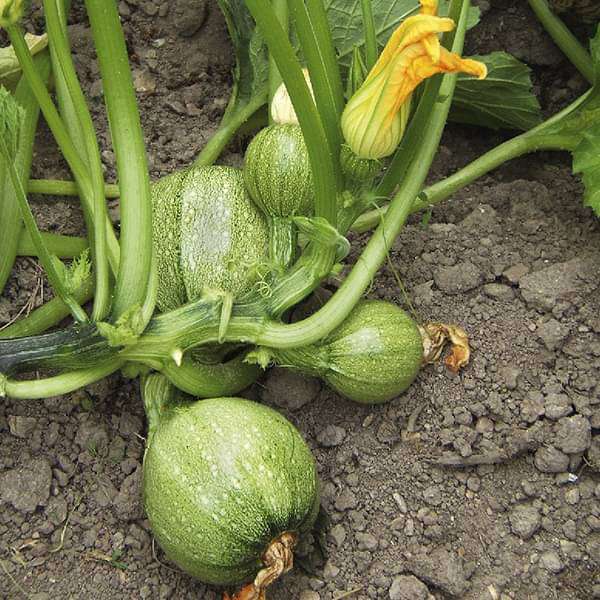
Squash Summer Chappan Kadu F1 - Vegetable Seeds
(MRP Inclusive of all taxes)
- Shipping ₹79 for entire order
- Dispatch in 7 days
- Country of origin: India

(MRP Inclusive of all taxes)
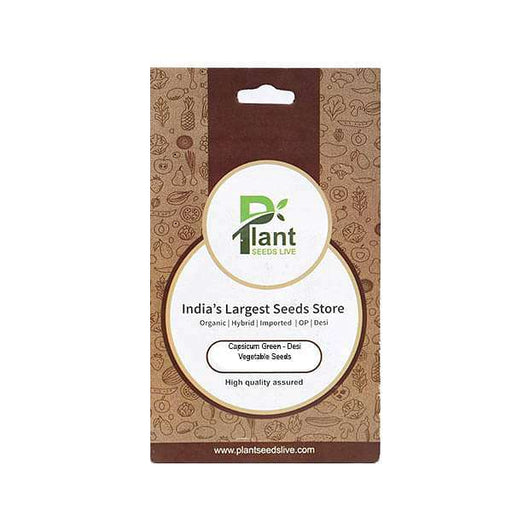
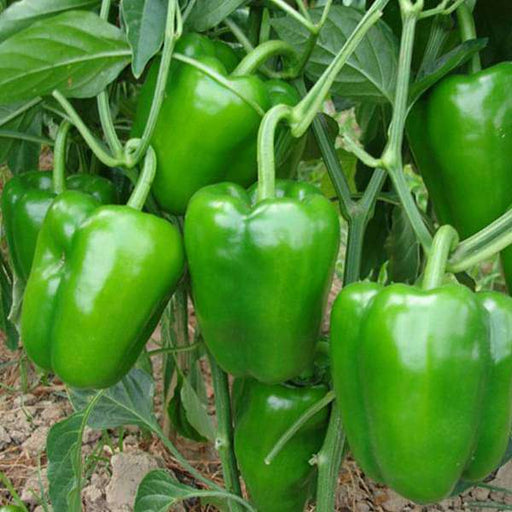 Save 25%
Save 25%
Capsicum Green - Desi Vegetable Seeds Capsicum Green, also known as bell pepper, is a vibrant and nutritious addition to your garden. Thes...
View full details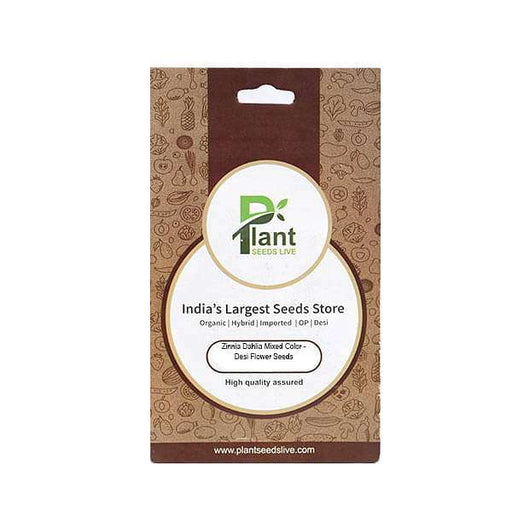
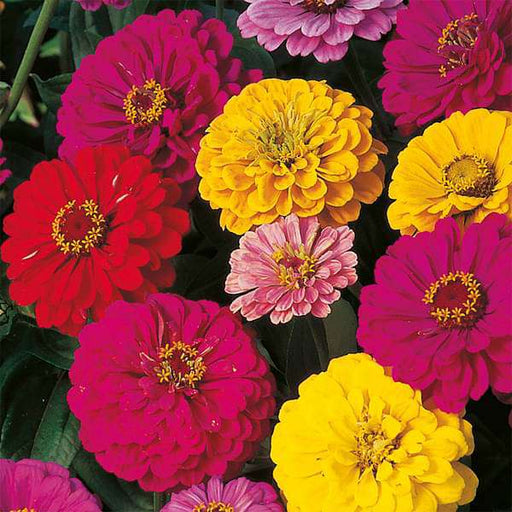 Save 25%
Save 25%
Zinnia Dahlia Mixed Color - Desi Flower Seeds Transform your garden into a vibrant tapestry of colors with our Zinnia Dahlia Mixed Color -...
View full details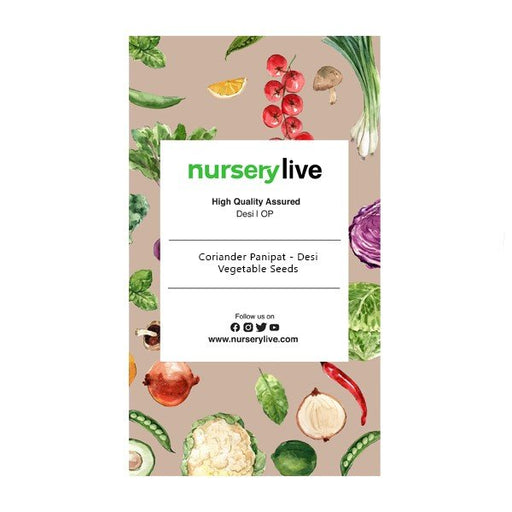
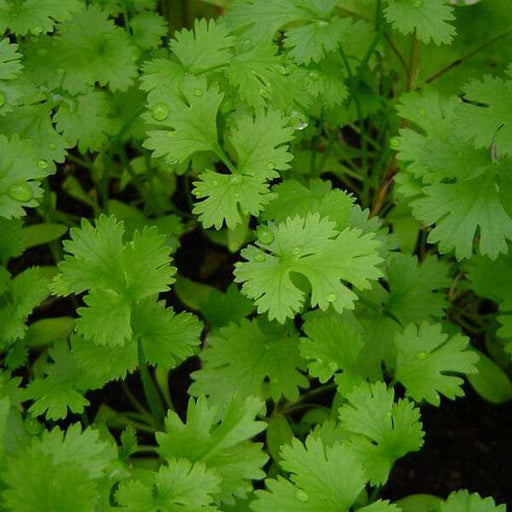 Save 25%
Save 25%
Coriander Panipat - Desi Vegetable Seeds Coriander Panipat is a premium variety of coriander seeds, cherished for its aromatic leaves and ...
View full details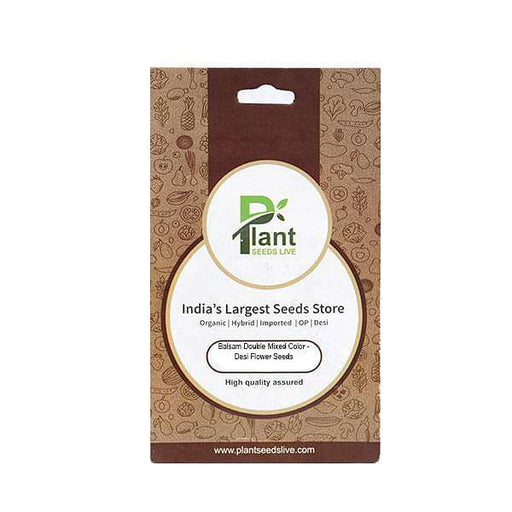
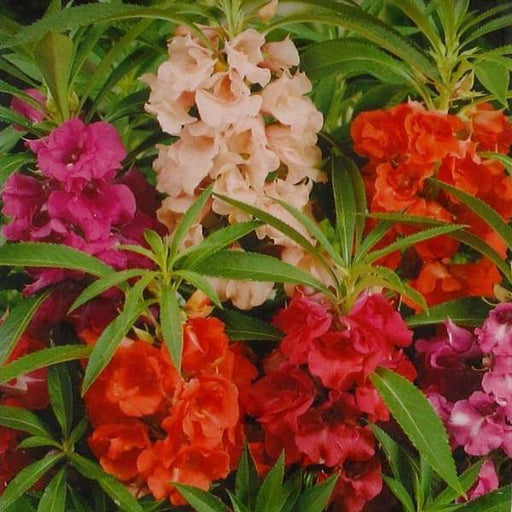 Save 25%
Save 25%
Balsam Double Mixed Color - Desi Flower Seeds Discover the vibrant beauty of Balsam Double Mixed Color - Desi Flower Seeds, a delightful a...
View full details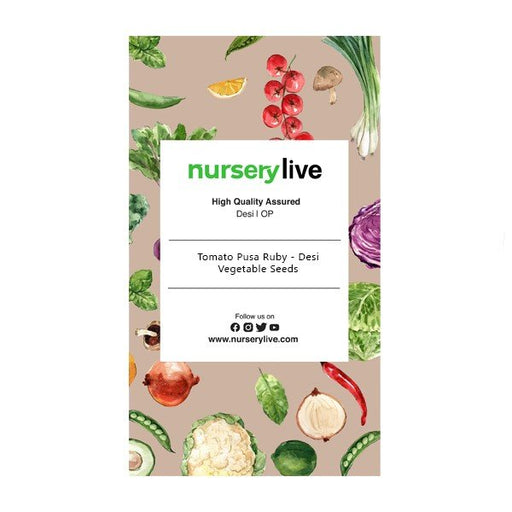
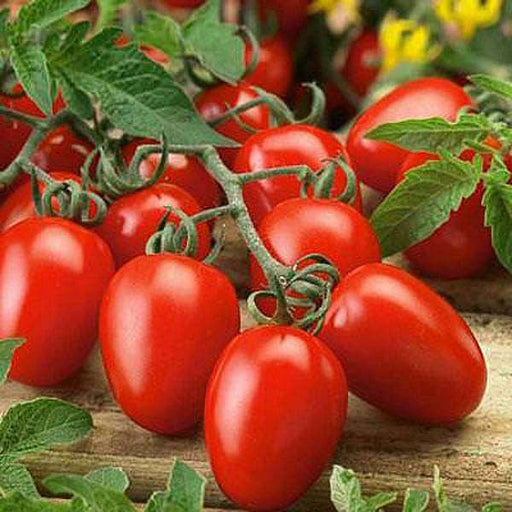 Save 25%
Save 25%
Tomato Pusa Ruby - Desi Vegetable Seeds The Tomato Pusa Ruby is a premium variety of tomato seeds, renowned for its vibrant red color, jui...
View full details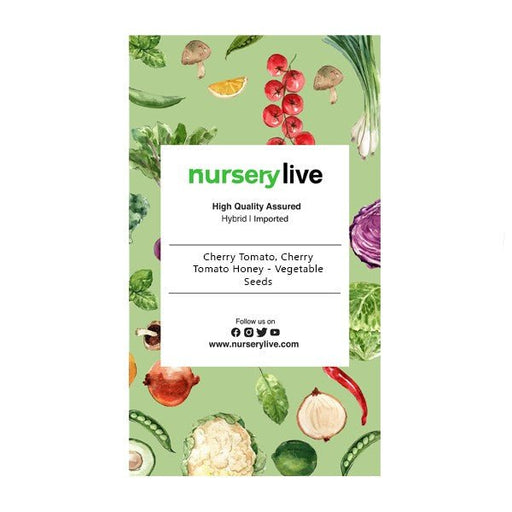
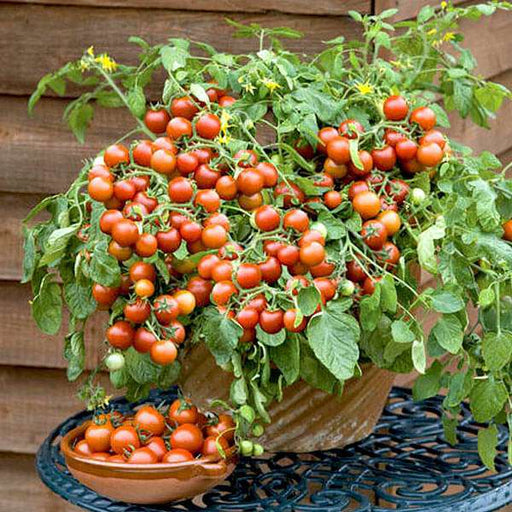 Save 25%
Save 25%
Cherry Tomato, Cherry Tomato Honey - Vegetable Seeds Discover the delightful world of Cherry Tomato Honey seeds, perfect for home gardener...
View full details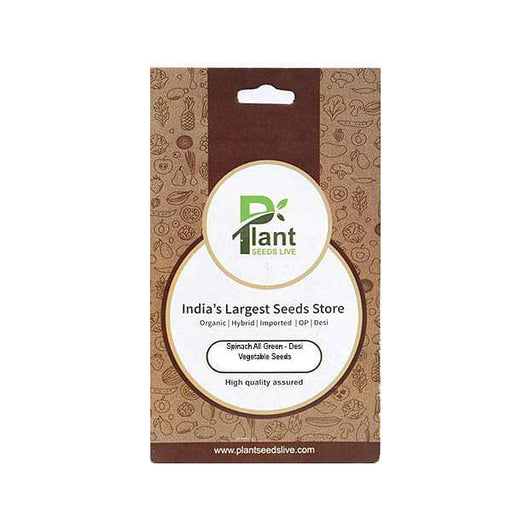
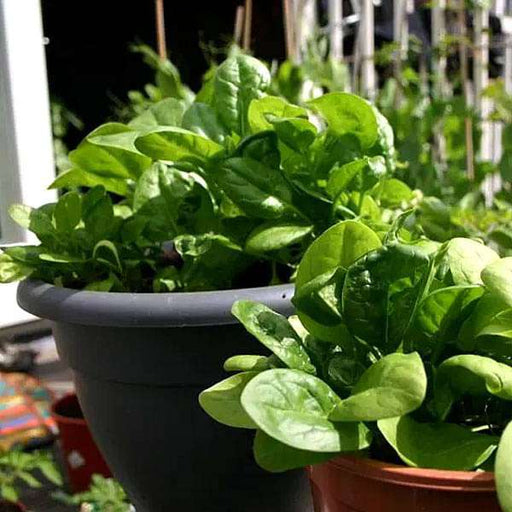 Save 25%
Save 25%
Spinach All Green - Desi Vegetable Seeds Introducing the Spinach All Green - Desi Vegetable Seeds, a premium variety of spinach that thriv...
View full details
 Save 25%
Save 25%
Capsicum Green - Desi Vegetable Seeds Capsicum Green, also known as bell pepper, is a vibrant and nutritious addition to your garden. Thes...
View full details
 Save 25%
Save 25%
Coriander Panipat - Desi Vegetable Seeds Coriander Panipat is a premium variety of coriander seeds, cherished for its aromatic leaves and ...
View full details
 Save 25%
Save 25%
Tomato Pusa Ruby - Desi Vegetable Seeds The Tomato Pusa Ruby is a premium variety of tomato seeds, renowned for its vibrant red color, jui...
View full details
 Save 25%
Save 25%
Cherry Tomato, Cherry Tomato Honey - Vegetable Seeds Discover the delightful world of Cherry Tomato Honey seeds, perfect for home gardener...
View full details
 Save 25%
Save 25%
Spinach All Green - Desi Vegetable Seeds Introducing the Spinach All Green - Desi Vegetable Seeds, a premium variety of spinach that thriv...
View full details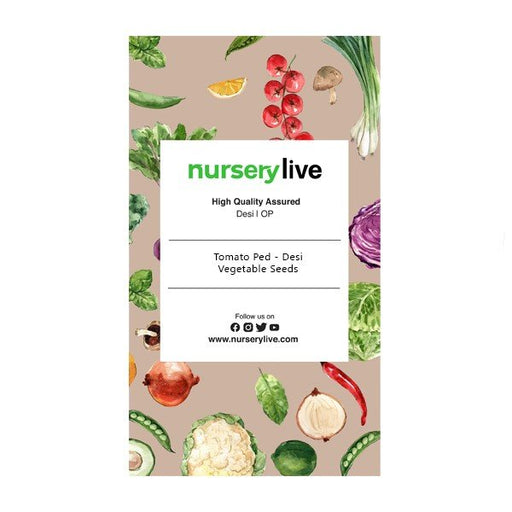
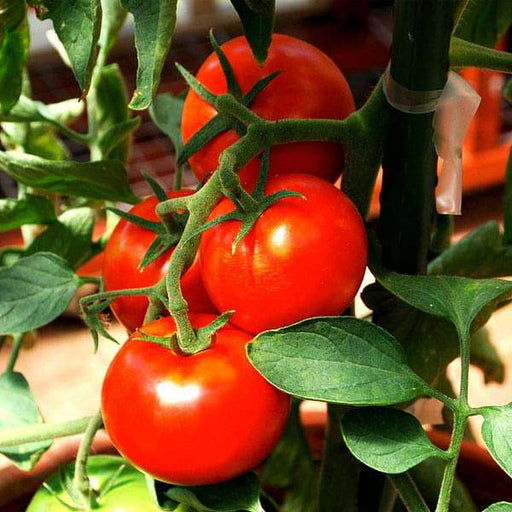 Save 25%
Save 25%
Tomato Ped - Desi Vegetable Seeds Introducing the Tomato Ped - Desi Vegetable Seeds, a premium selection of heirloom tomato seeds that pro...
View full details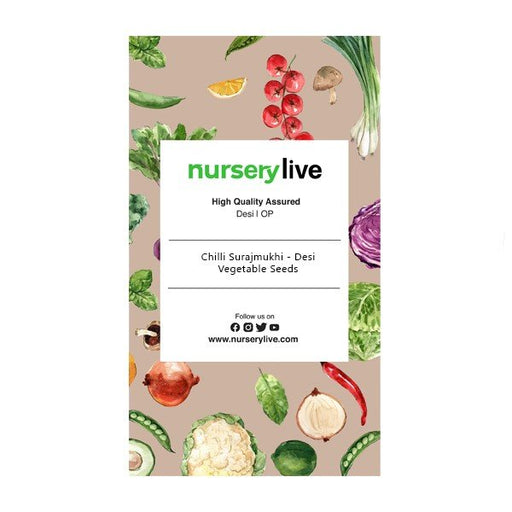
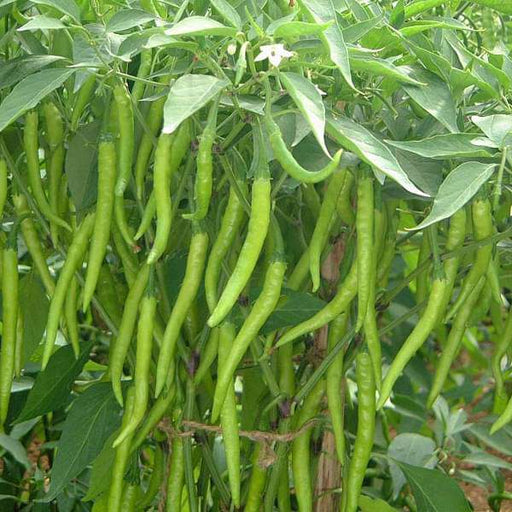 Save 25%
Save 25%
Chilli Surajmukhi - Desi Vegetable Seeds Introducing the Chilli Surajmukhi, a unique variety of desi vegetable seeds that brings a burst o...
View full details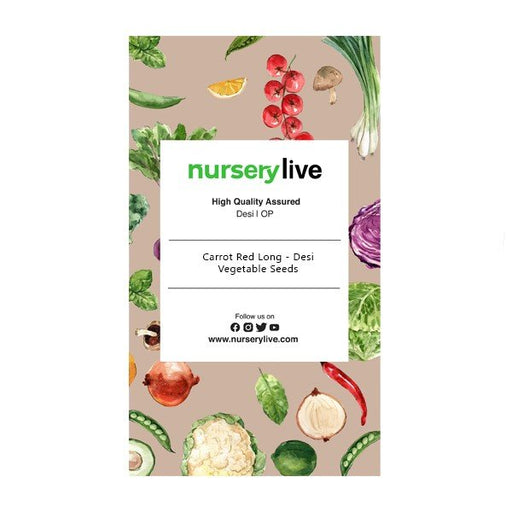
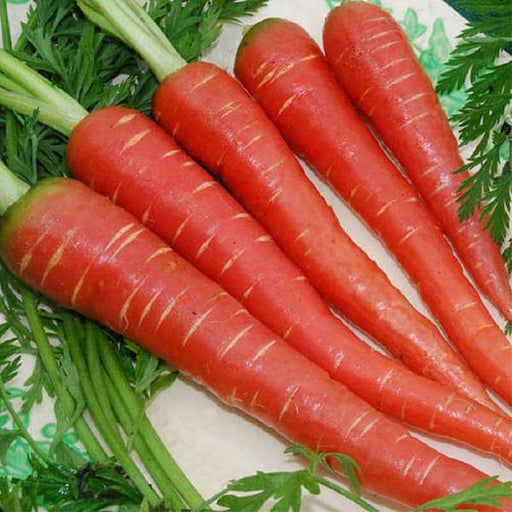 Save 25%
Save 25%
Carrot Red Long - Desi Vegetable Seeds Introducing the Carrot Red Long - Desi Vegetable Seeds, a premium variety known for its vibrant col...
View full details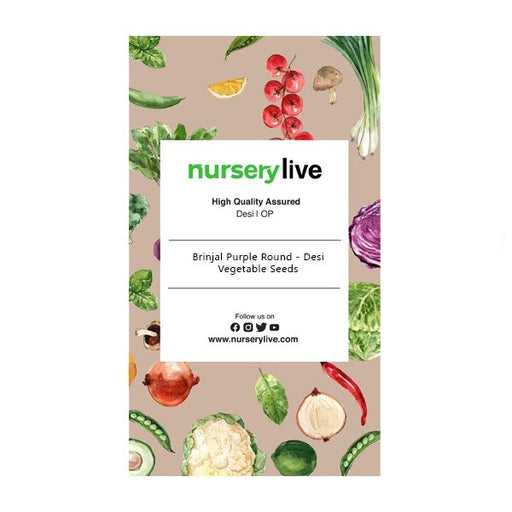
 Save 25%
Save 25%
Brinjal Purple Round - Desi Vegetable Seeds Discover the rich flavors and vibrant colors of Brinjal Purple Round, a staple in Indian cuisi...
View full details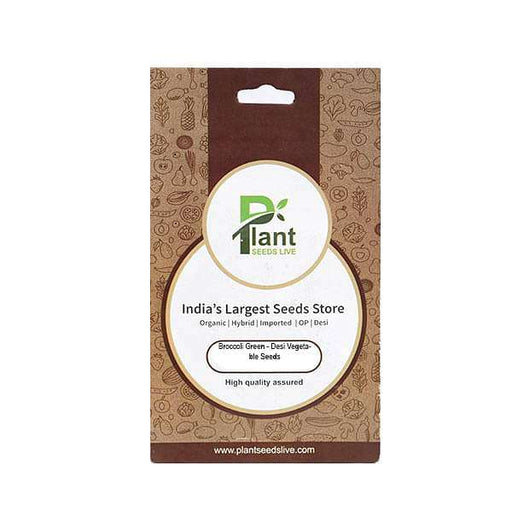
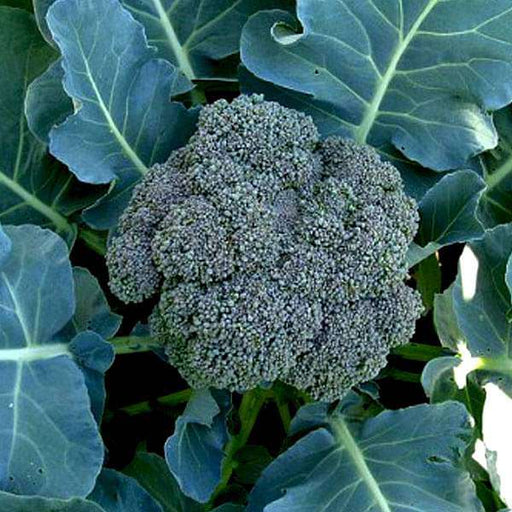 Save 25%
Save 25%
Broccoli Green - Desi Vegetable Seeds Discover the vibrant world of Broccoli Green with our premium Desi Vegetable Seeds. Known for its ri...
View full details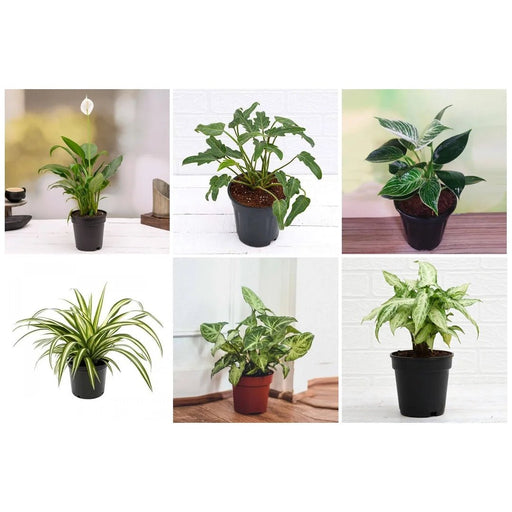
 Save 35%
Save 35%
Best 6 Plants for Perfect Indoor Garden Transform your living space into a lush oasis with our curated collection of the Best 6 Plants for a...
View full details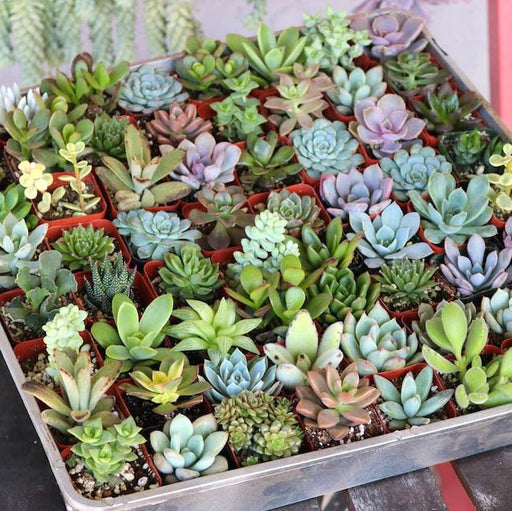
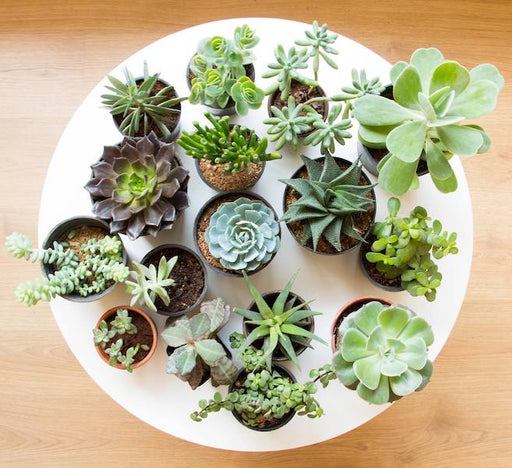 Save up to 50%
Save up to 50%
Mini Succulent Garden Pack Transform your space with our Mini Succulent Garden Pack, featuring a delightful collection of 4 any variety beautiful s...
View full details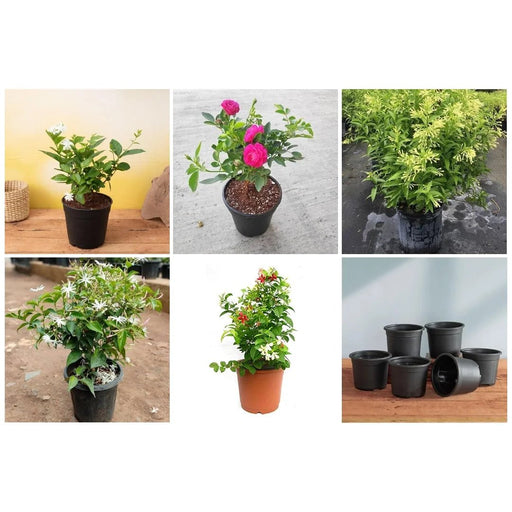
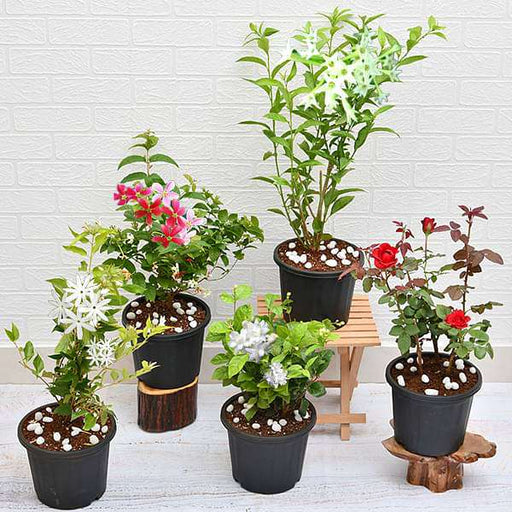 Save 30%
Save 30%
5 Best Fragrant Plants Transform your garden or indoor space into a fragrant paradise with our curated selection of the 5 Best Fragrant Plants. Th...
View full details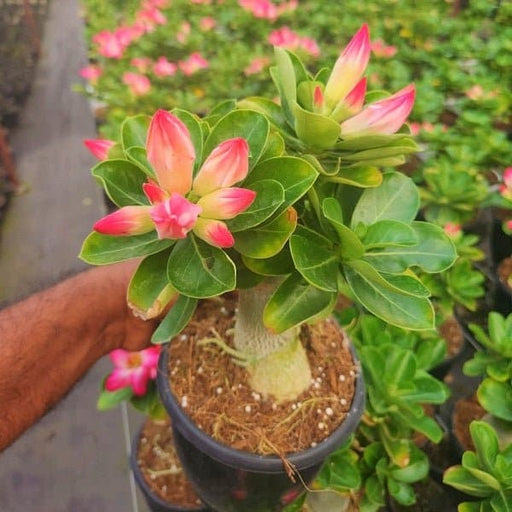
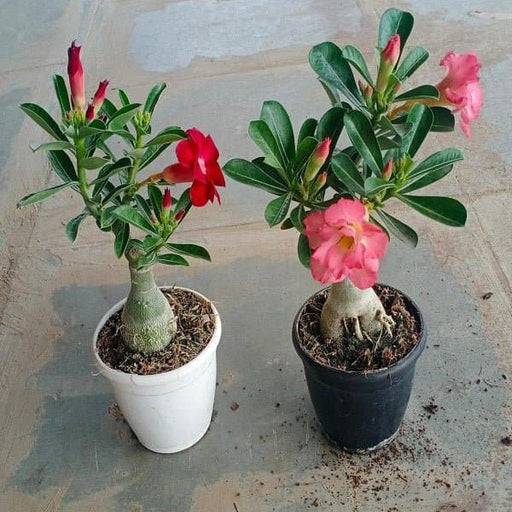 Save 24%
Save 24%
Set of 2 Bonsai Looking Grafted Adeniums Transform your indoor or outdoor space with our exquisite Set of 2 Bonsai Looking Grafted Adenium...
View full details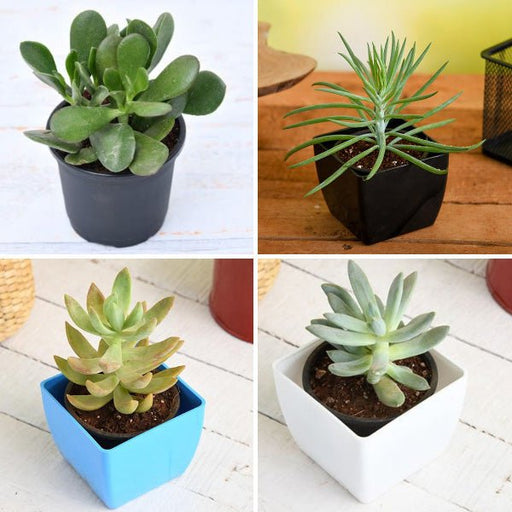 Save 45%
Save 45%
Top 4 Die Hard Succulents Pack Transform your indoor or outdoor space with our Top 4 Die Hard Succulents Pack, featuring a curated selecti...
View full details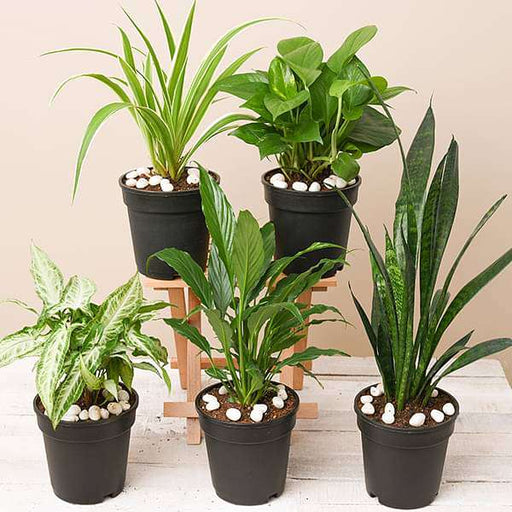
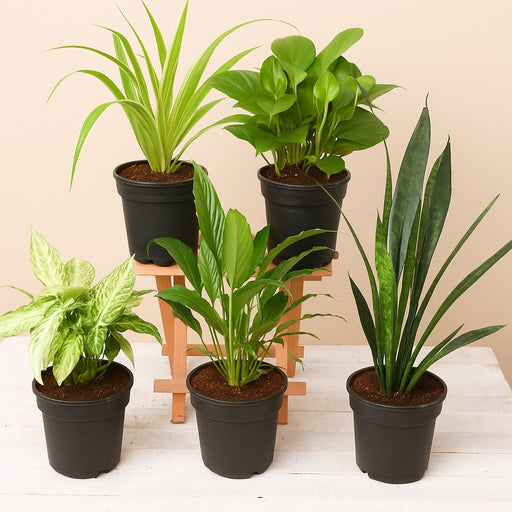 Save 30%
Save 30%
5 Best Indoor Plants Pack Transform your living space into a lush oasis with our '5 Best Indoor Plants Pack.' This carefully curated collection fe...
View full details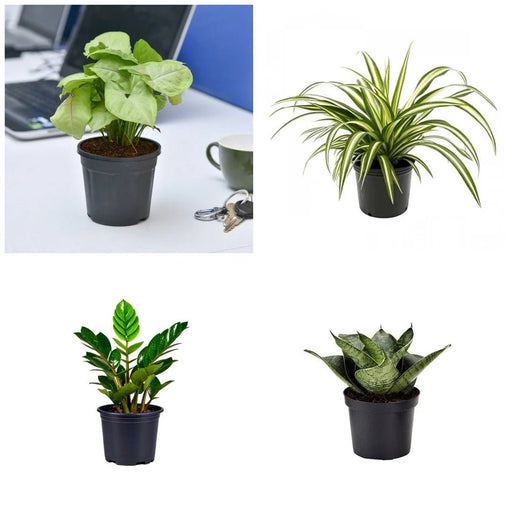
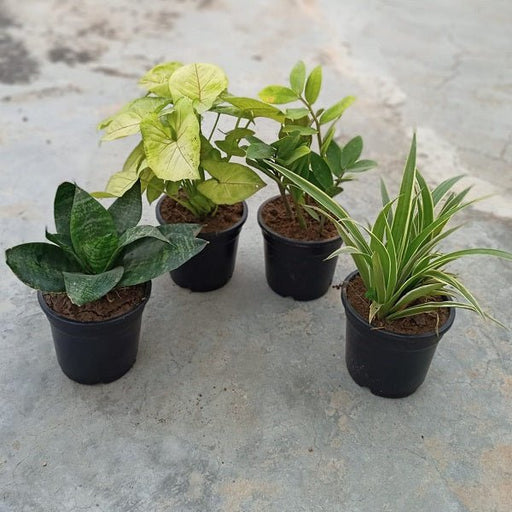 Save 25%
Save 25%
Set of 4 Evergreen Air Purifier Plant Pack Transform your indoor space into a lush, green oasis with our Set of 4 Evergreen Air Purifier Pla...
View full details| SrNo | Item Name |
|---|---|
| 1 | Squash Summer Chappan Kadu F1 - Vegetable Seeds |
The Squash Summer Chappan Kadu F1 is a premium variety of vegetable seeds that promises a bountiful harvest of delicious, nutritious squash. Known for its unique flavor and tender texture, this squash is a staple in many cuisines. With its vibrant green skin and creamy flesh, it not only enhances your meals but also adds a splash of color to your garden.
What makes the Chappan Kadu F1 special is its adaptability to various climates and soil types, making it an ideal choice for both novice and experienced gardeners. This hybrid variety is known for its high yield and disease resistance, ensuring a successful growing season. Enjoy the satisfaction of growing your own food while contributing to a sustainable environment.
Special features of the Squash Summer Chappan Kadu F1 include its rich nutritional profile, packed with vitamins A and C, fiber, and antioxidants. This squash not only supports a healthy diet but also promotes biodiversity in your garden, attracting beneficial insects and pollinators.
Growing your own Squash Summer Chappan Kadu F1 not only provides fresh produce but also reduces your carbon footprint. Home gardening promotes biodiversity, supports local ecosystems, and encourages sustainable practices. By choosing this hybrid variety, you contribute to a healthier planet while enjoying the fruits of your labor.
When it comes to squash, variety is the spice of life! From the classic yellow squash to the quirky pattypan, each type brings its own flair to the garden. The Summer Chappan Kadu F1 is a superstar in this lineup, boasting a sweet flavor and tender texture that will make your taste buds dance. Whether you're sautéing, grilling, or tossing it into a salad, this squash is the versatile diva of the vegetable world. So, why settle for boring when you can have a colorful cast of squash characters in your garden?
Ah, the art of vegetable gardening! It’s like hosting a dinner party where the guests are all edible and the only drama is whether your tomatoes will ripen before the first frost. With the Summer Chappan Kadu F1, you’re not just planting seeds; you’re sowing the seeds of joy, health, and a little bit of dirt under your nails. Get ready to dig in, because nothing beats the satisfaction of harvesting your own homegrown veggies.
In a world full of synthetic this and artificial that, organic seeds are like the hipsters of the gardening world—authentic, trendy, and oh-so-healthy. The Summer Chappan Kadu F1 is no exception, offering a chemical-free way to grow your squash. These seeds are like a breath of fresh air, ensuring that your garden is as pure as your intentions. So, if you want to impress your friends with your eco-friendly gardening skills, organic seeds are the way to go!
F1 hybrid seeds are the rock stars of the gardening scene, combining the best traits of two parent plants to create a superstar offspring. The Summer Chappan Kadu F1 is a prime example, offering disease resistance and high yields that will make your neighbors green with envy. These seeds are like the secret sauce in your gardening recipe, ensuring that you get the most bang for your buck. So, if you want to be the gardening equivalent of a Michelin-star chef, F1 hybrids are your ticket to culinary fame.
Growing squash is like nurturing a relationship—patience, care, and a little bit of sunshine go a long way. The Summer Chappan Kadu F1 thrives in warm weather, making it the perfect summer fling for your garden. With just the right amount of water and love, you’ll be rewarded with a bountiful harvest that will have you feeling like a gardening guru. So, roll up your sleeves and get ready to cultivate some squash love!
Harvesting squash is like a treasure hunt, and the Summer Chappan Kadu F1 is the prize at the end of the rainbow. Timing is everything; you want to pick your squash when it’s young and tender for the best flavor. Use a sharp knife, and don’t forget to wear your gardening gloves—after all, you want to look stylish while you’re reaping the rewards of your hard work. With these tips, you’ll be the Indiana Jones of the vegetable patch!
Once you’ve harvested your Summer Chappan Kadu F1, the real fun begins—cooking! This squash is a culinary chameleon, easily adapting to a variety of dishes. From creamy soups to zesty stir-fries, the possibilities are endless. You can even spiralize it for a guilt-free pasta alternative! So, dust off your apron and get ready to impress your family and friends with your squash-inspired culinary creations.
Companion planting is like the ultimate gardening buddy system, and the Summer Chappan Kadu F1 plays well with others. Pair it with beans for a nitrogen boost or marigolds to keep pesky pests at bay. It’s all about creating a harmonious garden ecosystem where plants support each other like a well-rehearsed choir. So, if you want to cultivate a thriving garden community, companion planting is the way to go!
Every gardener knows that pests are the uninvited guests at the garden party. But fear not! With the Summer Chappan Kadu F1, you can employ some clever pest control strategies. Use natural repellents like neem oil or introduce beneficial insects like ladybugs to keep those pesky critters in check. It’s all about maintaining the balance in your garden, ensuring that your squash can thrive without the drama of unwanted guests.
Soil preparation is the foundation of a successful garden, and the Summer Chappan Kadu F1 deserves the best. Think of it as giving your plants a luxurious spa day before they start their growth journey. Enrich your soil with compost and organic matter to create a nutrient-rich environment. With the right soil, your squash will grow strong and healthy, ready to take on the world—or at least your dinner plate!
Seasonal gardening is like a never-ending cycle of joy, and the Summer Chappan Kadu F1 is the perfect summer star. As the days get longer and warmer, it’s time to roll up your sleeves and embrace the gardening season. This squash thrives in the heat, making it a summer staple that will keep your garden vibrant and productive. So, grab your gardening gloves and get ready to celebrate the beauty of seasonal gardening!
Garden design is where creativity meets nature, and the Summer Chappan Kadu F1 can be the centerpiece of your edible landscape. Imagine a garden bursting with color, texture, and deliciousness! With its vibrant green leaves and striking fruits, this squash can add a touch of whimsy to your garden layout. So, unleash your inner landscape artist and create a garden that’s not just functional but also a feast for the eyes!
Squash Summer Chappan Kadu F1 is the superstar of the vegetable garden! These seeds produce a delicious, tender squash that’s perfect for summer dishes. With a unique flavor and vibrant color, they’ll have your taste buds dancing. Plant them and watch your garden transform into a culinary paradise!
Planting these seeds is as easy as pie—squash pie, that is! Choose a sunny spot, prepare well-drained soil, and plant the seeds about an inch deep. Water them regularly, and soon you’ll have a thriving squash patch that’ll make your neighbors green with envy!
Squash Summer Chappan Kadu F1 seeds thrive in warm weather, ideally between 70°F to 90°F. They’re like sunbathers on a tropical vacation! Just make sure to protect them from frost, and they’ll reward you with a bountiful harvest that’ll have you saying, “Squash-tastic!”
Patience is a virtue, especially in gardening! Expect these seeds to germinate in about 7 to 14 days. Keep the soil moist and watch for those little green sprouts. Soon, you’ll be on your way to squash glory, ready to impress at your next dinner party!
These seeds prefer well-drained, loamy soil rich in organic matter. Think of it as their five-star hotel! A pH level between 6.0 and 7.0 is ideal. Treat your soil right, and it’ll treat you to a harvest that’s nothing short of spectacular!
Watering is key, but don’t drown them! Aim for about 1 inch of water per week, adjusting for rainfall. Keep the soil consistently moist but not soggy. Your squash plants will thank you with a bounty of delicious fruits that’ll make your taste buds sing!
Squash plants can attract a few uninvited guests, like squash bugs and aphids. Keep an eye out for these little party crashers! Regularly inspect your plants and use organic pest control methods to keep them at bay. After all, you want your squash to be the star of the show!
Timing is everything! Harvest your squash when they’re young and tender, usually about 50 to 60 days after planting. Look for a glossy skin and a firm texture. If they’re too big, they might be a bit tough—nobody wants a squash that’s gone rogue!
Absolutely! These seeds are container-friendly, making them perfect for small spaces. Choose a large pot with good drainage, and fill it with quality soil. Just remember to water regularly and provide support as they grow. Your patio will be the envy of the neighborhood!
This squash is a nutritional powerhouse! Packed with vitamins A and C, fiber, and antioxidants, it’s a guilt-free addition to your meals. Plus, it’s low in calories, so you can indulge without the worry. Who knew healthy eating could be so deliciously fun
Yes, you can! Saving seeds is like keeping a little piece of your garden magic. Allow your squash to fully mature, then scoop out the seeds, rinse, and dry them. Store them in a cool, dark place, and you’ll have a treasure trove of seeds for next season’s garden!